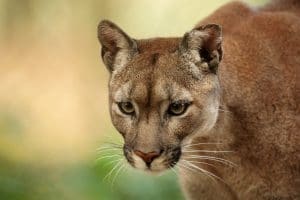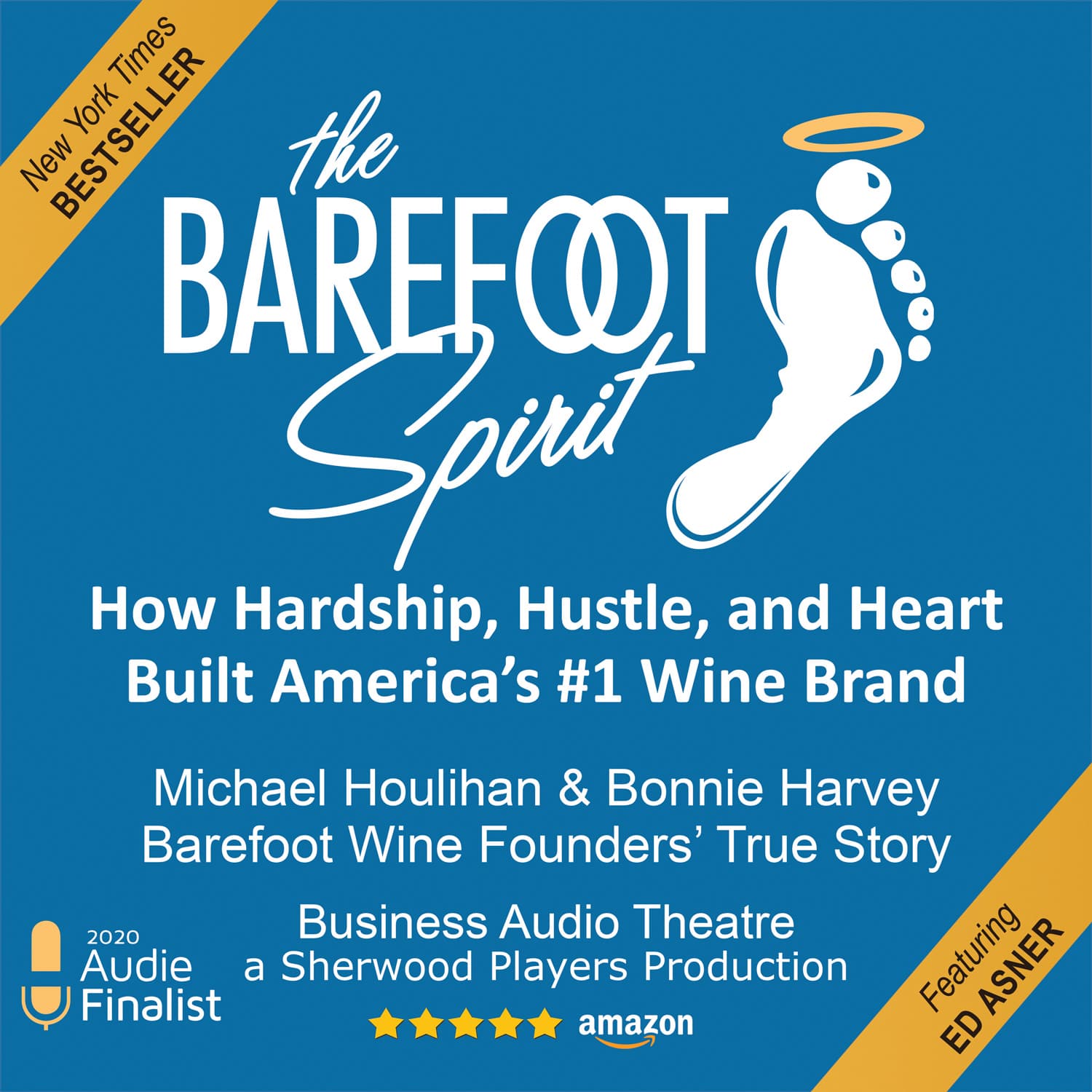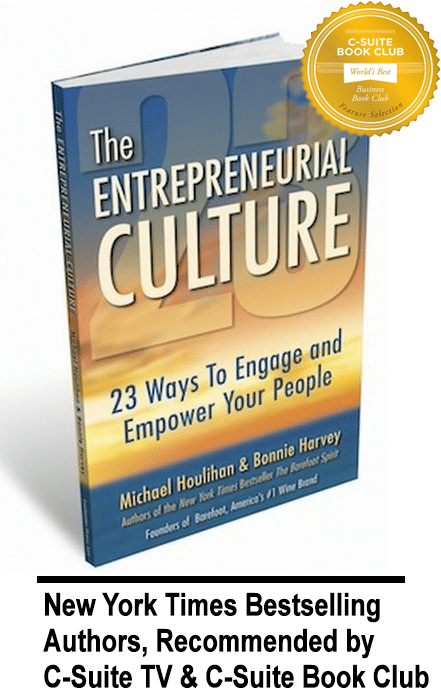 Restoring an abused paradise
Restoring an abused paradise
Our home is on a piece of property which was victimized for over a century by the insensitive and environmentally destructive practices of its former owners and neighbors. When people see it now, they remark on the bucolic nature trails and pristine creek.
Some say, “You guys are pretty lucky to find a piece of property like this.” But as Bonnie is quick to point out, “Luck had nothing to do with it. It was over a decade of clean up and restoration!”
You see, in the early and mid-1900s, it was believed that you could kill two birds with one stone when you threw a broken appliance, dead vehicle, or even discarded plastic, glass, and metal right in the creek! The idea was that you got rid of the unwanted items and you slowed the creek down to prevent soil erosion.
It took us more than 15 years, one segment at a time, to lovingly restore the creek and surrounding land. One day, for instance, we and two helpers picked up 100 32-gallon bags of glass, plastic, and metal. We removed much of the invasive blackberries and poison oak. Over the years, we replanted native plants, ferns, shrubs, and trees to the specs of several creek restoration and native species experts we invited for advice.
Then we were rewarded!
The birds and animals returned. Native azaleas sprung up and bloomed. We now have a beautiful nature trail we share with clients and students. Our cats no longer require all those expensive vet visits for paws sliced by glass shards from 100 years ago!
We didn’t find this lovely piece of property, we had to reclaim it.
Meanwhile, we noticed a significant uptick in wildlife including the occasional bobcat bopping along the creek. Our property was returning to its original wildlife corridor status. We were thrilled!
Recently, we were with some friends on our Nature Trail with our Bengal cats who behave more like dogs and follow us everywhere. Sometimes they anticipate where we are going and run down the trail in front of us. This was one of those days.
All of a sudden, both cats stopped in their tracks and blew up! Every hair got as far away from the others as possible. They were like porcupines! They made themselves appear as large as possible. Their tails were straight up like giant bottle brushes and their eyes popped out like walnuts.
Then we saw it.
A young mountain lion less than a year old had just cleared the fence in a single bound and was lumbering down the trail in front of us. He was reddish brown with long lanky limbs. We were totally awed by his presence. We nicknamed him “Teddy.”
We all looked at each other in disbelief. Very few people, even those living in the country, ever see a mountain lion in the wild! We felt very fortunate and we were grateful that we could actually witness a scene like this. We knew, too, that somehow we had a hand in the restoration making it possible for Teddy, the top of the food chain, to look here for new territory.
Our cats spend the next two days indoors watching vigilantly from the windows for Teddy.
Then we heard the news.
A juvenile mountain lion matching Teddy’s description had been hit by a motorist not more than two miles from our place. We were shattered. The reality of our modern world came crashing down on our idealistic dreams of nature. The cars were really at the top of the food chain. They were the predators for the big cats.
Teddy was severely injured when the Highway Patrol got there, so they took him to the animal shelter. We called the next day and found out that Teddy’s injuries were so severe that he didn’t make it. This is a story that is too often repeated as we encroach more and more into the native habit.
It’s heartbreaking stories like this that commit us more than ever to the preservation of open space and the creation of wildlife corridors that connect these islands of nature so wild animals can hunt, migrate and breed without being forced to cross busy roads and risk their lives. We need the big cats to keep the balance in nature and remind us of our natural roots!
Support the bill for wildlife corridors
Please join us in our support for the National Wildlife Corridor Act to give majestic cats like Teddy a chance! It will not happen without us.
Who We Are

Michael Houlihan and Bonnie Harvey co-authored the New York Times bestselling business book, The Barefoot Spirit: How Hardship, Hustle, and Heart Built America’s #1 Wine Brand. The book has been selected as recommended reading in the CEO Library for CEO Forum, the C-Suite Book Club, and numerous university classes on business and entrepreneurship. It chronicles their humble beginnings from the laundry room of a rented Sonoma County farmhouse to the board room of E&J Gallo, who ultimately acquired their brand and engaged them as brand consultants. Barefoot is now the world’s largest wine brand.
Beginning with virtually no money and no wine industry experience, they employed innovative ideas to overcome obstacles, create new markets and forge strategic alliances. They pioneered Worthy Cause Marketing and performance-based compensation. They built an internationally bestselling brand and received their industry’s “Hot Brand” award for several consecutive years.
They offer their Guiding Principles for Success (GPS) to help entrepreneurs become successful. Their book, The Entrepreneurial Culture: 23 Ways To Engage and Empower Your People, helps corporations maximize the value of their human resources.
Currently they travel the world leading workshops, trainings, & keynoting at business schools, corporations, conferences. They are regular media guests and contributors to international publications and professional journals. They are C-Suite Network Advisors & Contributing Editors. Visit their popular brand building site at www.consumerbrandbuilders.com.
To make inquiries for keynote speaking, trainings or consulting, please contact sales@thebarefootspirit.com.


 Restoring an abused paradise
Restoring an abused paradise




